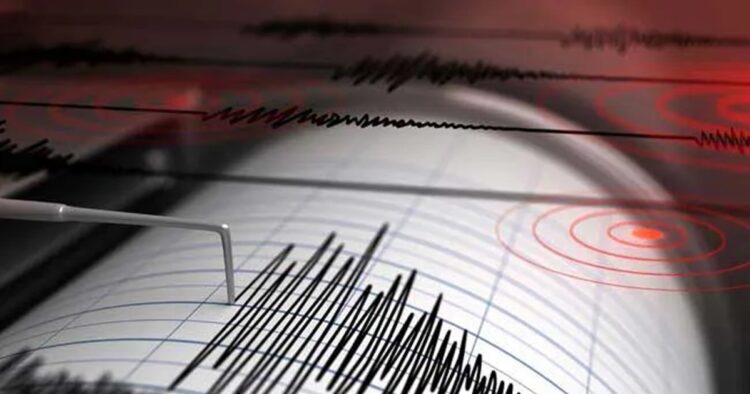On Tuesday, Indonesia’s eastern region was rocked by a magnitude-6.6 earthquake, as reported by the United States Geological Survey (USGS). The quake originated off Halmahera island in North Maluku province around 0948 GMT, with its epicenter located approximately 35 kilometers (22 miles) beneath the Earth’s surface, according to the USGS.
Despite the significant magnitude of the earthquake, there were no immediate reports of damage or injuries. Moreover, the Pacific Tsunami Warning Centre reassured residents that there was “no tsunami threat” resulting from the seismic activity in the Molucca Sea.
However, Indonesia’s geophysics agency (BMKG) urged caution, advising residents in nearby areas to remain vigilant for possible aftershocks. This precautionary measure highlights the potential risks associated with seismic events, even when no immediate danger is apparent.
Indonesia, known for its vast archipelago and diverse geography, experiences frequent earthquakes due to its location along the Pacific “Ring of Fire.” This geological phenomenon denotes an area of intense seismic activity where tectonic plates intersect. Stretching from Japan through Southeast Asia and across the Pacific basin, the Ring of Fire poses inherent risks of earthquakes, volcanic eruptions, and tsunamis to the region’s inhabitants.
The recent earthquake serves as a reminder of Indonesia’s susceptibility to seismic events and the importance of preparedness and response measures. Tragically, past earthquakes in Indonesia have resulted in significant loss of life and devastation. For instance, a magnitude-6.2 quake that struck Sulawesi island in January 2021 claimed over 100 lives and displaced thousands of individuals, underscoring the destructive potential of such natural disasters.
Furthermore, the memory of previous catastrophic events looms large in Indonesia’s collective consciousness. In 2018, a devastating magnitude-7.5 earthquake and subsequent tsunami in Palu, Sulawesi, claimed the lives of more than 2,200 people, leaving behind a trail of destruction and despair. Similarly, the catastrophic magnitude-9.1 earthquake that struck Aceh province in 2004 resulted in a deadly tsunami that claimed over 170,000 lives across Indonesia, marking one of the deadliest natural disasters in recorded history.
As Indonesia grapples with the aftermath of yet another seismic event, the nation’s resilience and ability to mitigate risks will be tested once again. With ongoing efforts to enhance disaster preparedness, response, and recovery mechanisms, Indonesia strives to minimize the human toll and socio-economic impact of future natural disasters, underscoring the importance of proactive measures in safeguarding vulnerable communities against the unpredictable forces of nature.

















Comments